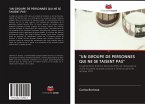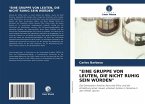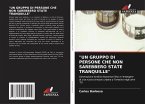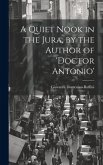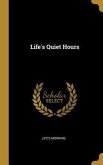In the early 1970s, in a context of dictatorship, the city of Teresina, capital of the State of Piauí, witnessed the emergence of a group of young filmmakers committed to the construction of new communication codes in the field of art and this emergency resulted in the emergence of the Antônio Noronha Filho generation. This work, taking this context as its main empirical argument, proposes to narrate the history of the relationships between the spatializing practices of the aforementioned subjects, the experimental art of these practices and the historical conditions of existence of the interior from which the generation of young people under study effectively emerged. In the light of the theories of Michel de Certeau, Marc Augé and Richard Sennett, among others, the work takes the spatializing practices initiated by the Teresina juvenile fragment under study as the main pretext for telling the story of Teresina from the analysis of the movements of juvenile bodies as part of a process that resulted in the constitution of a new urban syntax in the capital of Piaui.
Bitte wählen Sie Ihr Anliegen aus.
Rechnungen
Retourenschein anfordern
Bestellstatus
Storno


